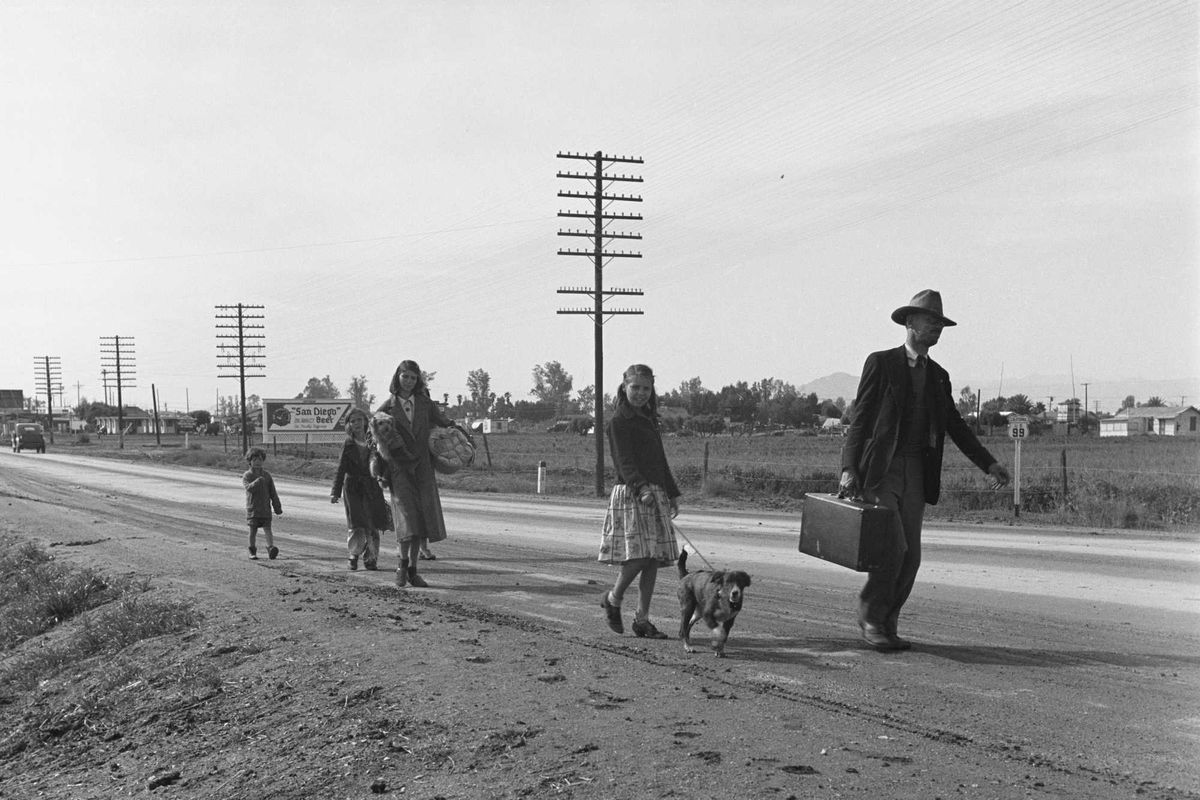5 surprising ways THC Seltzers enhance relaxation
Cycling Frog offers a Unique Beverage Experience for modern drinkers

In a world where relaxation often feels like a luxury, THC seltzers are emerging as a refreshing solution. With the buzz around cannabis products reaching new heights, these fizzy beverages are making waves for their unique ability to blend relaxation with enjoyment. Among the pioneers in this burgeoning market is
Cycling Frog, a brand that's not just hopping onto the trend but leaping ahead with its innovative offerings.
By infusing the calming properties of THC into delicious seltzers, Cycling Frog is offering modern drinkers a whole new way to unwind. This article will explore five surprising ways these THC seltzers enhance relaxation, demonstrating how Cycling Frog stands out in this effervescent field.
Enhanced Relaxation
THC, the natural compound found in cannabis, is no stranger to its reputation for promoting relaxation and easing stress. But what happens when this age-old relaxant meets modern innovation? Enter Cycling Frog's THC seltzers, a delightful twist on traditional methods.
These seltzers encapsulate the essence of relaxation in a can, offering a convenient and contemporary approach to unwinding. Whether you’re looking to de-stress after a long day or seeking a gentle chill during a weekend hangout, these seltzers are the perfect companions, providing a subtle, soothing experience that fits seamlessly into our fast-paced lives.
Unique Flavors
Cycling Frog's THC seltzers aren't just about relaxation; they're a carnival of flavors waiting to tantalize your taste buds. Imagine sipping on the tartly sweet Ruby Grapefruit, a perfect blend of citrus zing that invigorates as it relaxes. Or dive into the bold, award-winning Wild Cherry, a flavor that's as playful as it is soothing. And for those seeking a tropical escape, the Guava Passionfruit is like a mini-vacation in every can, offering a serene taste of paradise. Each flavor is a unique adventure, ensuring every sip is a moment of relaxation and an exploration of delightful tastes.
Quality and Sustainability
A deep-rooted commitment to quality and sustainability is at the heart of Cycling Frog's ethos. They're not just creating THC seltzers; they're cultivating a better future. By embracing sustainable farming practices and performing rigorous testing for quality control, Cycling Frog ensures that the hemp in their seltzers is grown with care and respect for the environment. This hemp is 100% pesticide-free, guaranteeing a pure, unadulterated experience in every can. That’s why all our packaging contains a QR code that directs consumers directly to ourtesting results.This dedication to quality doesn't just impact the environment positively; it elevates the sipping experience, ensuring that each fizzy drink is enjoyable and responsibly crafted. With Cycling Frog, you're not just tasting a seltzer; you're savoring a commitment to a healthier planet and a superior product.
Health and Wellness
In today's fast-paced world, finding a moment of tranquility can be a treasure. That's where THC seltzers, like those from Cycling Frog, step in. Not only do they offer a delightful taste experience, but they also bring health and wellness benefits. THC is known for its potential to ease stress and anxiety, making these seltzers more than just a refreshing drink. They're a gentle nod to self-care, a way to help quiet the mind and soothe the soul in natural, enjoyable sips. It's relaxation, reimagined for our busy lives – a small, fizzy step towards better mental well-being.
Delivered To Your Door
Getting your hands on a Cycling Frog THC seltzer is as easy as a few clicks. Their user-friendly online store brings relaxation right to your doorstep. Just browse, select your favorite flavors, and voilà – a box of serene, bubbly bliss is on its way to you. This convenience means no more store runs, just pure relaxation delivered. Whether at home or planning a get-together, these seltzers are just a few taps away, ensuring that unwinding with Cycling Frog is always within easy reach.
Visit Cycling Frog to learn more and experience THC Seltzers for yourself.







 Meatloaf was a staple dinner.
Meatloaf was a staple dinner. Spaghetti is still a classic.
Spaghetti is still a classic. Why were pork chops so popular?
Why were pork chops so popular?
 A chart breaks down how much Costco workers make.Image via Bandana.com, Reddit/workwisejobs
A chart breaks down how much Costco workers make.Image via Bandana.com, Reddit/workwisejobs

 Worried
Worried 